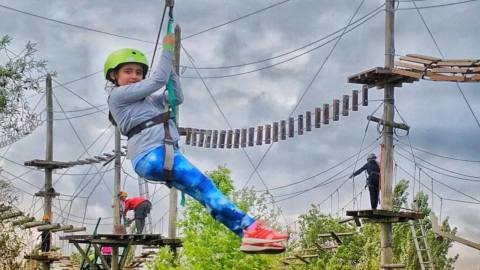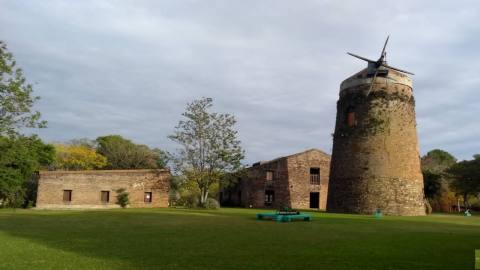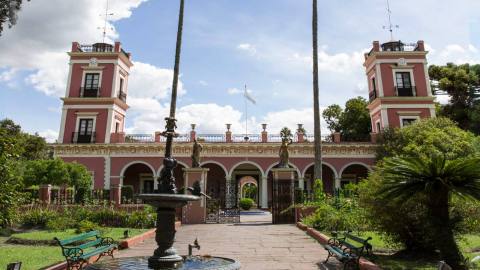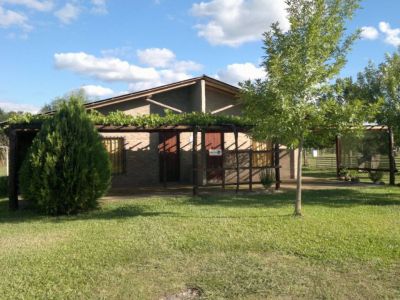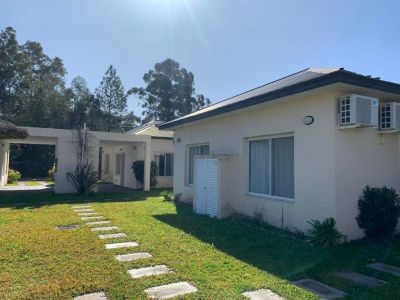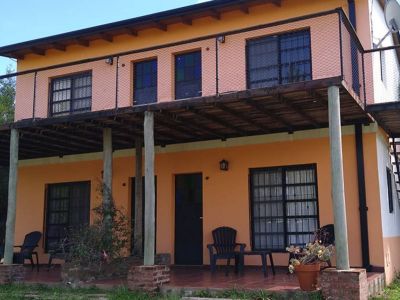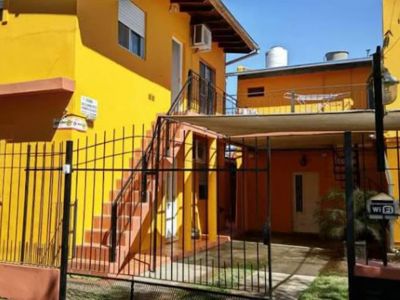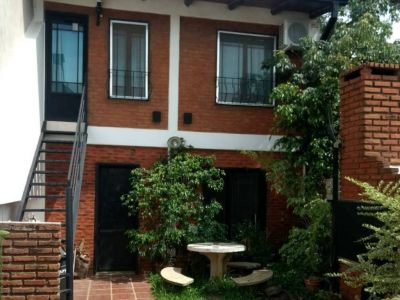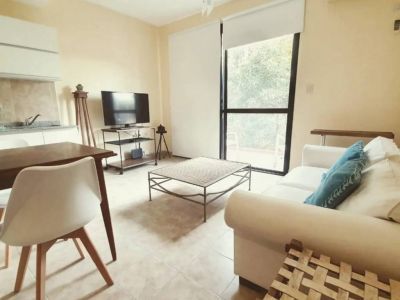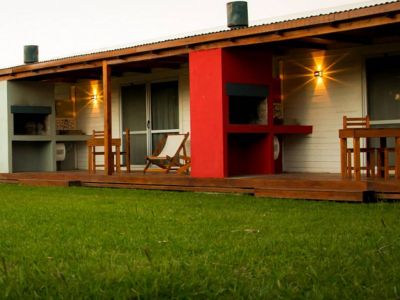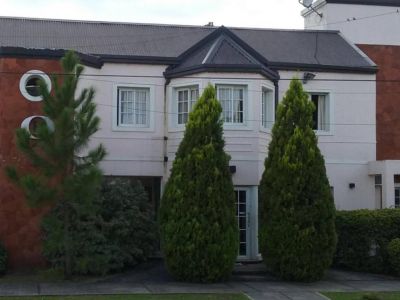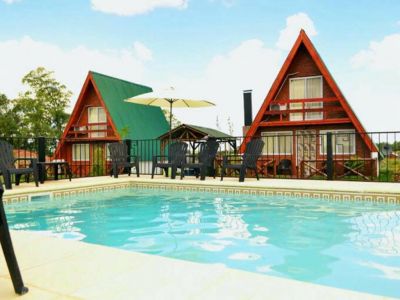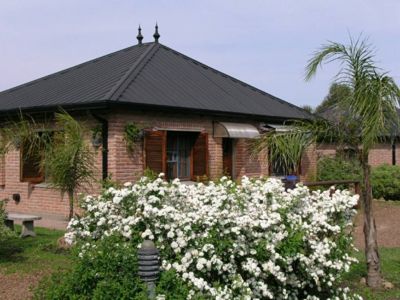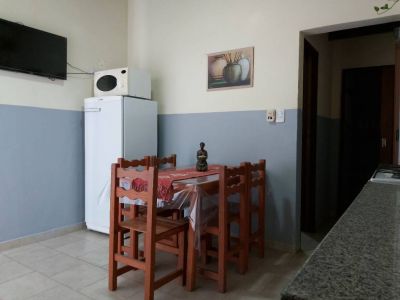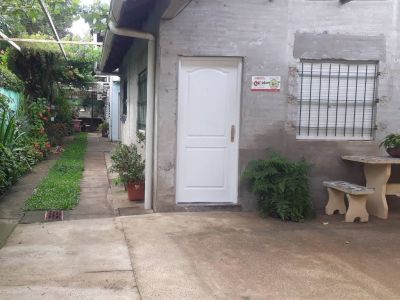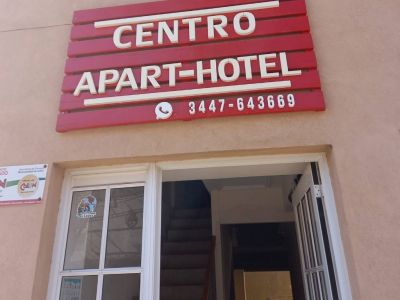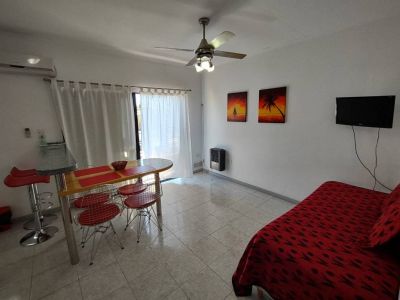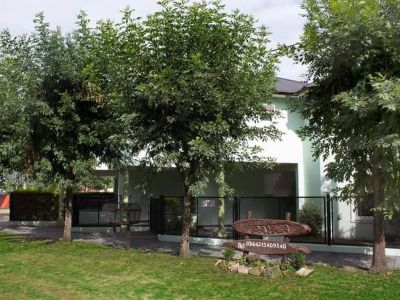Colonia San José Regional Historical Museum
A unique site where visitors are captivated by the objects on display and their history.
It all began back in 1957, when the community of San José celebrated its first hundred years. A central committee was created for such tribute and one of its aims was to give origin to the Museum of the Colony. The foundation stone of what would become the future institution was placed on October 24, 1957, at 3 in the afternoon. During the previous months, a committee that came to be called “Parents’ Union” at Baby Jesus School started a campaign to gather the most ancient objects owned by the local denizens. Most of them used to belong to the first colonists. That is why a show was inaugurated in a venue located on Mitre Street, which was granted by the Bouvier family, one of the most traditional in town.
Forty years later, in 1997, the institution was one of the winners of the “Museum Innovation” Contest organized by Fundación YPF. This provided the opportunity to carry out exchanges with other important museums in the world. One of them was the Elis Island, the United States Immigration Museum. At the same time, they received support from the Smithsonian Institution, which in combination with Fundación Antorchas, offered twenty five applicants -both Argentinian and foreign- a scholarship for a seminar on Conservation and Exhibition of Historical Collections. With the aid of new mentors, the project succeeded in completely refurbishing the museum and showing “the objects” in a different way. As a result, it captured the attention of visitors to such an extent that this venue has become a must visit. The show called “Our grandparents, the pioneers -European colonists on the Uruguay River banks” was inaugurated in October, 1999 and it causes an impression on visitors from the moment they enter the hall. Today, a committee called “Friends” has been created with the same energy these people used to have. It aims at preserving the historical and cultural heritage of the community of Colonia San José and it is constantly searching for new resources. What started as a search for objects from the past has become a journey back in time towards the understanding of the lifestyle and way of thought of men from former times. Once done, visitors immediately come back to the present to ask themselves who they really are. A mandatory luxury indeed.
Pablo Etchevers
Gentileza Museocoloniasanjose.com.ar
Contact of the excursion or tour
Museo Histórico Regional de la Colonia San José
Urquiza 1127, Colón, Entre Ríos, Agentina
Phone: +54 3447-470088

















